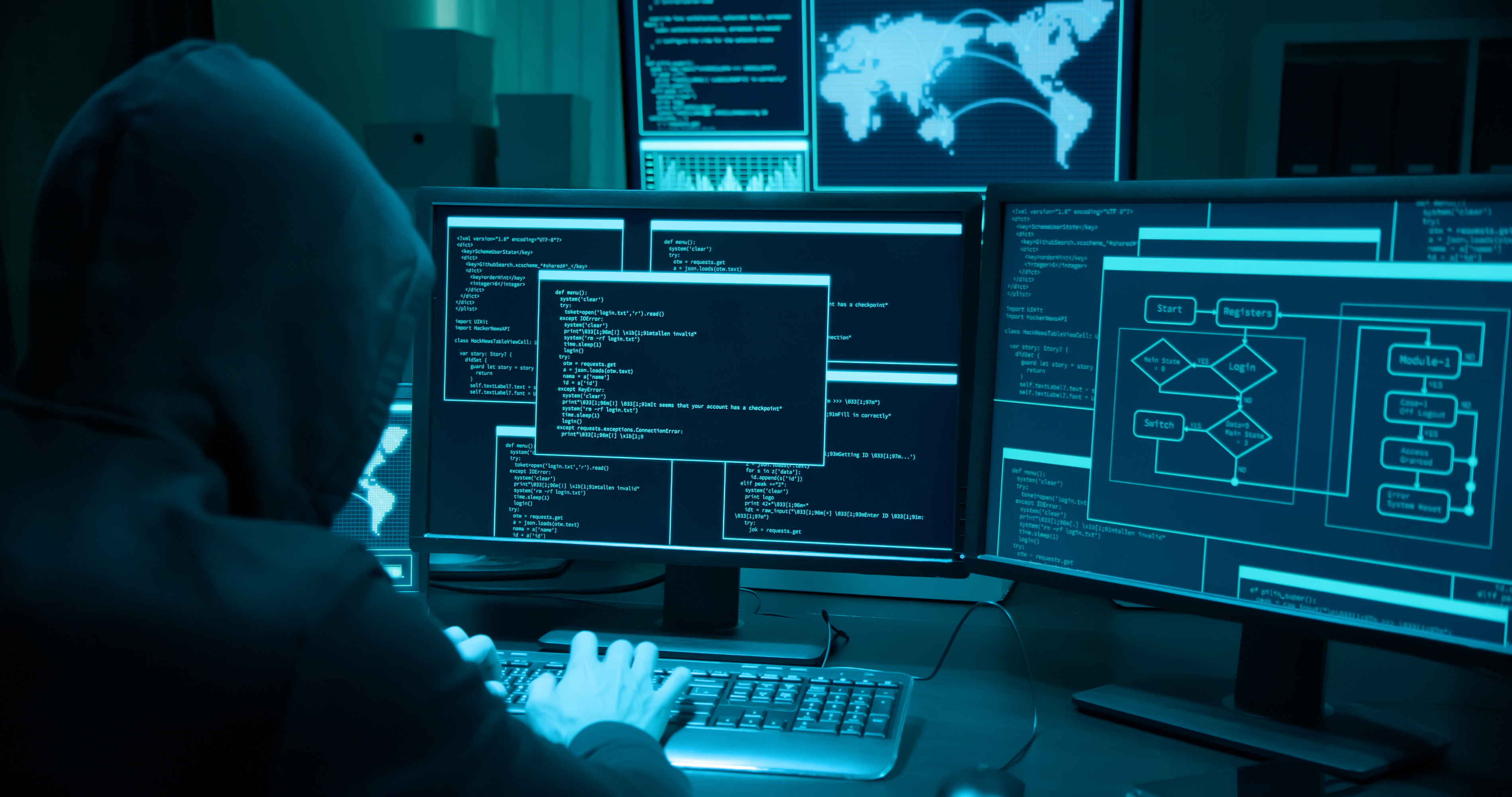
Meanwhile, after the conflict between Israel and Hamas broke out, Iran’s nation state actors set up two personas called “Tears of War” and “Hamsa1948” to impersonate activists asking for the removal of the Israeli Prime Minister from office due to the handling of the hostage situation or to encourage Arab Israelis to violently oppose Israeli authorities. A third persona named “KarMa” that asked for the removal of Netanyahu was linked to a unit of the Iranian Ministry of Intelligence and Security.
In Russia hacktivist groups with potential ties to the government, like the Cyber Army of Russia, have claimed responsibility for attacks that tried to intimidate countries supporting Ukraine, including attacks against critical infrastructure entities. In July, the US Treasury and State Departments put two members of this group on the sanctions list.
“This past year, nation-state affiliated threat actors once again demonstrated that cyber operations — whether for espionage, destruction, or influence — play a persistent supporting role in broader geopolitical conflicts,” Microsoft said in its report. “In the wars in Europe and the Middle East, Russia and Iran centered their threat activity on their main adversaries in those fights, Ukraine and Israel, respectively. Meanwhile, Beijing’s long-term focus on controlling Taiwan drove a high level of targeting of Taiwan-based enterprises from Chinese threat actors, who also penetrated the countries around the South China Sea to collect insights into military exercises and national policy.”

